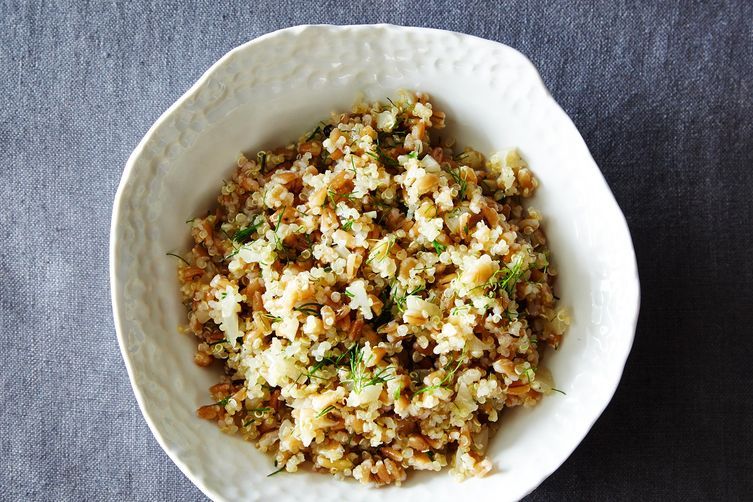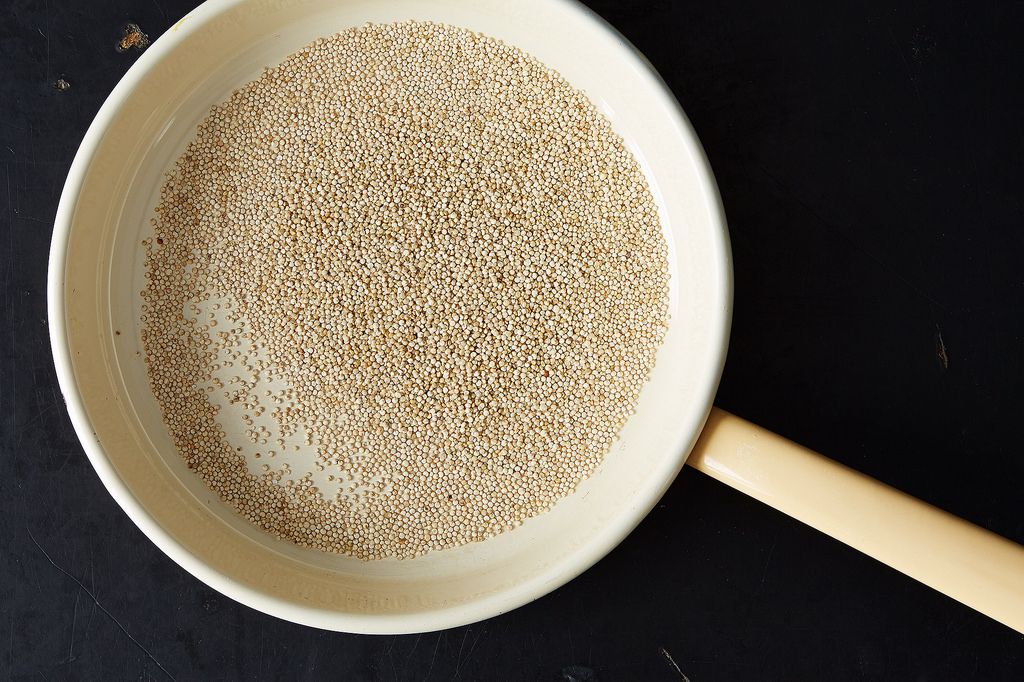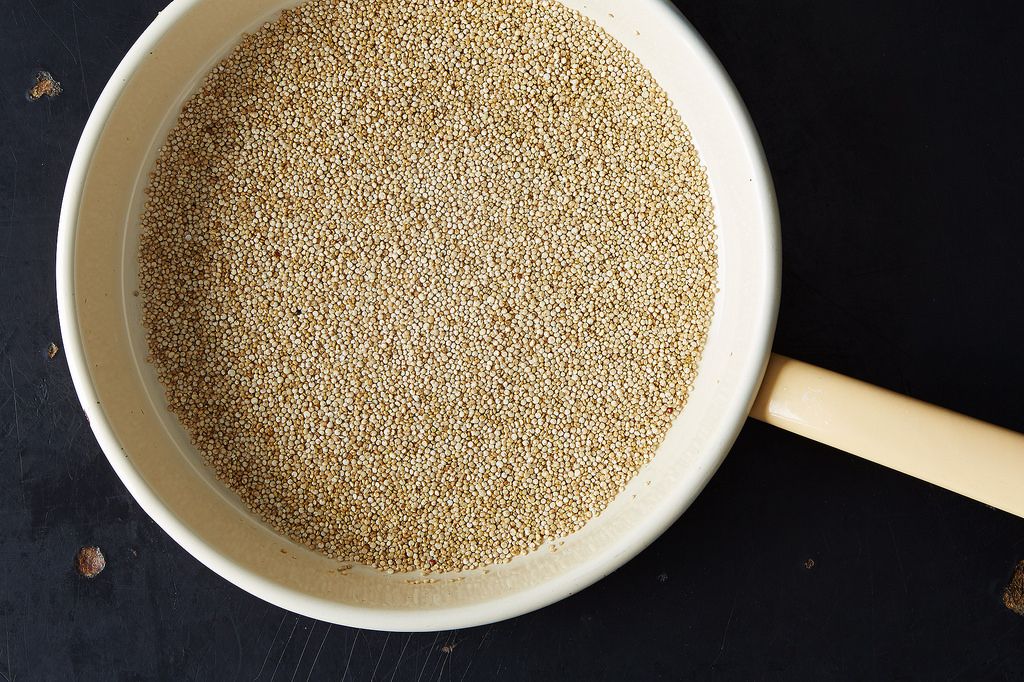Popular on Food52
11 Comments
Matt L.
July 14, 2014
I always toast farro especially - the nutty flavour really works. For me the toasting is actually two stage - I roast in the oven and then lightly fry along with the vegetables. If you want the recipe it's here www.timedeating.co.uk/spiced-farro
AntoniaJames
July 10, 2014
Why wait for a party, potluck or picnic? Toast your grains for breakfast tomorrow: https://food52.com/recipes/27434-toasty-brown-butter-steel-cut-oats
I appreciate the advice about toasting the quinoa; look forward to trying it. I usually toast rolled oats and barley flakes in the oven before blending with other ingredients for fruit crisp toppings -- so easy to do while the oven is heating. ;o)
;o)
I appreciate the advice about toasting the quinoa; look forward to trying it. I usually toast rolled oats and barley flakes in the oven before blending with other ingredients for fruit crisp toppings -- so easy to do while the oven is heating. ;o)
;o)
Marian B.
July 9, 2014
Grain-rinsing friends: I think that if you rinse (or soak) your grains, you can simply dry them thoroughly in a strainer, then toast them in the oven -- I'd assume that the water evaporates better this way than it would in a pan!
Simon Y.
July 8, 2014
Rinsing and then toasting works plenty fine, you just need to put the lid on top of the pot really quickly to prevent quinoa popping out. The temperatures involved are above the boiling point of water so things will dry off quickly.
Since you often toast in oil for flavor, rinsing afterwards would get counterproductive and messy.
Since you often toast in oil for flavor, rinsing afterwards would get counterproductive and messy.
Panfusine
July 8, 2014
Toasting works great for Pasta as well, especially the tiny soup varieties that are flat in shape.
https://food52.com/recipes/13393-stellini-upma-with-roasted-cauliflower-couscous
http://dish-a-day-panfusine.blogspot.com/2014/03/day-88-annelini-upma-pasta.html
https://food52.com/recipes/13393-stellini-upma-with-roasted-cauliflower-couscous
http://dish-a-day-panfusine.blogspot.com/2014/03/day-88-annelini-upma-pasta.html
ChefJune
July 8, 2014
I learned about toasting millet years ago from Bert Greene in his "The Grains Cookbook." I toast it in a dry pan until the little grains start popping like popcorn. I've never rinsed millet. Not sure one needs to rinse grains that have been toasted. And you couldn't possibly toast wet grains. Wonder whether Marian means we should rinse them, let them dry and then toast them? But that might take all day!
Horto
July 8, 2014
toasting wet grains? I really rinse all grains, toast then rinse? if you toast in oil, rinse??
NatWhit
July 8, 2014
I second the question on rinsing! I've always read that quinoa should be rinsed before cooking, but I'd love to add the toasting step.
Allyn
July 8, 2014
I love toasting israeli couscous in butter before cooking it in broth. gives it the best flavor!





See what other Food52 readers are saying.